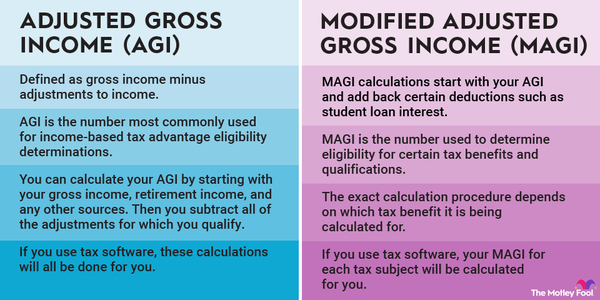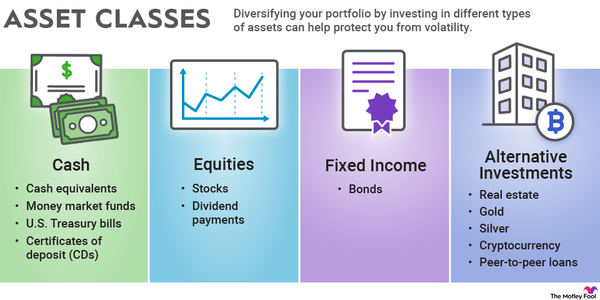When you own a business, large or small, everything requires delicate balancing, including the number of employees. Attrition is one metric that's important to this equation -- and we'll talk about it in the article below.

Definition
What is attrition?
Attrition is a simple concept in business. It refers to employees who leave and aren't replaced. This might happen because your company's income is shrinking, so you may not need as many employees as before, or specific sections of the business are being eliminated due to a lack of profitability.
There are four main types of attrition:
- Voluntary. Voluntary attrition is pretty simple. These are people who have chosen to leave for their own reasons, which may include better offers elsewhere or retirement.
- Involuntary. Involuntary attrition occurs when someone is let go and not replaced. They may have been downsized or committed some kind of misconduct.
- Internal attrition. Internal attrition occurs when employees are moved to a different position, and their former position is eliminated. They may have gotten a promotion or moved to a different department.
- Demographic-related attrition. Demographic-related attrition really requires attention. This is when a group of people who share a demographic, such as age, race, or gender, leave en masse. This can point to serious internal problems with the business.
Attrition vs. turnover
Attrition vs. turnover
Attrition and turnover can seem very similar on the surface. After all, both involve an employee leaving the company. However, attrition requires that the position remain unfilled purposefully to downsize the workforce to a more manageable and efficient level.
Turnover, on the other hand, is when much-needed employees leave, and an opening is created for someone new. These positions are still going to have to be filled, and they have not been eliminated by the company, which means that additional costs will be sunk into hiring and training new employees.
Customer attrition
What is customer attrition?
Customer attrition is another kind of attrition in business. Unlike employee attrition, in which employees are allowed to leave naturally and their positions eliminated, customer attrition happens when customers begin to leave naturally and are not replaced.
This is very bad news for a company. Many things can cause customer attrition, including bad customer service, unpopular changes to products, or poor product quality. It's a serious problem that must be stopped as quickly as possible, or the company may start bleeding money.
Related investing topics
Why it matters
Why attrition matters to investors
You might be wondering exactly why you should care about any sort of attrition as an investor.
Attrition can be a pretty strong indicator of problems with the business or an indication that the business is about to change fairly dramatically, especially if attrition is very high. Businesses undergo transformations throughout their lifetimes, but if they're moving a lot of people around, you may find yourself less than comfortable with their future intentions or new projects.
Customer attrition is equally problematic because it can indicate a problem with the company's product, product support, or a marketing failure. In any of these instances, serious damage to the company's reputation can occur, which could cause your stocks or other portfolio investments to lose value rapidly.
Any time you notice employee or customer attrition in a company that has some of your investment money, it's important to find out why it's happening. If it's simple growing pains and the stock is still priced well, you may find that a long-term investing mindset will see you and the company through until things improve. However, if it's more serious, like employee discrimination issues, dramatic cost-cutting measures, or a product that has lost quality, you may want to divest your investment entirely.





















































